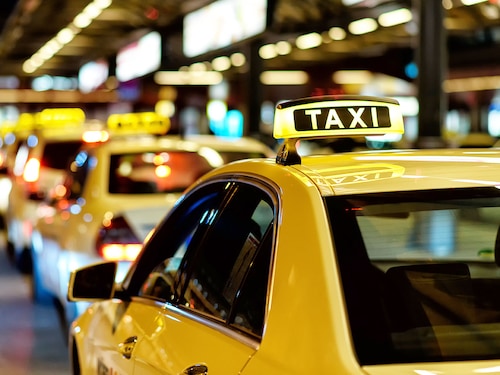Government’s Bharat Taxi initiative: All you need to know
The central government is set to launch its first cooperative cab service in December with a transparent and participative model


The government of India is set to launch its first cooperative cab service, Bharat Taxi, in December. The initiative is being developed in collaboration with the Union Ministry of Cooperation and the National e-Governance Division (NeGD), which will provide strategic advisory and technical support in areas such as platform integration, cybersecurity, data privacy, regulatory compliance and governance.
The service will be operated by Sahakar Taxi Cooperative Limited, a driver-owned cooperative supported by leading national cooperatives, including Amul, IFFCO, NABARD, NCDC and others. The pilot phase will begin in Delhi with 650 vehicles. There are plans to expand to other cities in the following months.
Bharat Taxi is part of the government’s broader ‘Sahakar se Samriddhi’ mission, which aims to empower workers and promote inclusive growth through cooperative models. By eliminating commission-based structures and ensuring drivers are stakeholders in the system, the initiative seeks to create a fair, transparent and sustainable mobility ecosystem.
Drivers as stakeholders: Bharat Taxi introduces a transparent, cooperative alternative to traditional ride-hailing platforms by placing ownership directly in the hands of drivers. Unlike private aggregators where drivers function merely as service providers, with this model, the drivers, called ‘saarthis’ will join with a pre-decided fee and become members and shareholders of the cooperative, giving them a stake and a voice in the system.
Transparency for passengers: The model also ensures a more equitable ecosystem for the users. Bharat Taxi promises relief from common issues such as unpredictable surge pricing, lack of transparency and inconsistent service quality. As a centrally managed and regulated service, it aims to deliver fair pricing and reliable experiences.
Digital Integration: The platform is digitally integrated with key government services such as DigiLocker, UMANG and API Setu, ensuring secure identity verification and seamless access to services.
Expansion Plans: Bharat Taxi has plans to expand to 20 cities by the end of the year, and early next year, with a goal of onboarding one lakh drivers by 2030.
To compete with big competitors like Ola, Uber and now Rapido, a number of local taxi services are also partnering with state governments to empower drivers, ensure fair pricing and promote transparency in ride-hailing.
Namma Yatri is a private, open-source ride-hailing app that operates with zero commission, allowing drivers to retain their full earnings. It has facilitated over 100 million rides and paid out more than ₹600 crore to drivers. The platform is supported by auto unions and works closely with the Karnataka government to integrate infrastructure and policy support. Its driver-first, community-led approach has made it a model for ethical and inclusive urban transport.
Forbes India reached out to Namma Yatri for an input on the Bharat Taxi
launch, but it did not agree to participate.
Launched by the Goa Tourism Development Corporation, GoaMiles is a state-backed taxi app aimed at streamlining tourist transport. Launched in 2018, the service has completed over two crore rides in its years of operation so far. Despite its official support, initially GoaMiles faced resistance from local taxi unions and struggled with adoption due to pricing disputes and operational challenges.
Initiated by the West Bengal government, Yatri Sathi is a regional ride-hailing service designed to offer affordable and transparent cab services. It collaborates with local transport bodies and has expanded beyond Kolkata to cities like Siliguri, Asansol and Durgapur, focusing on commuter convenience and driver welfare. Like many of the other similar models, Yatri Sathi is also a direct-to-driver app, with no commission or middlemen.
First Published: Nov 03, 2025, 14:44
Subscribe Now